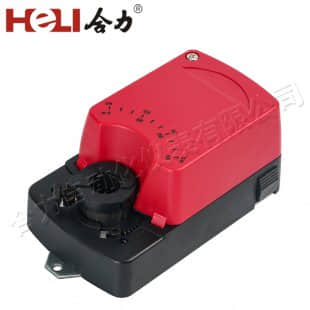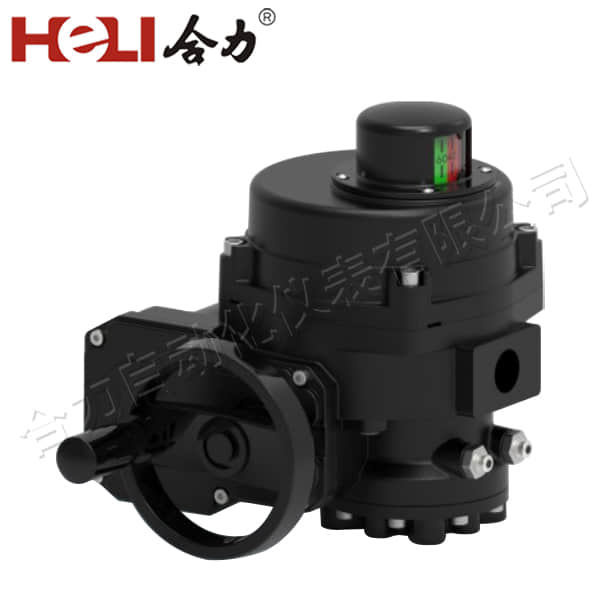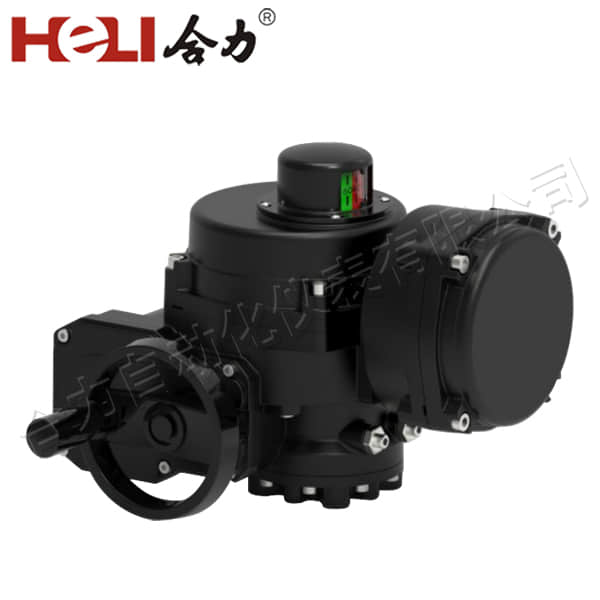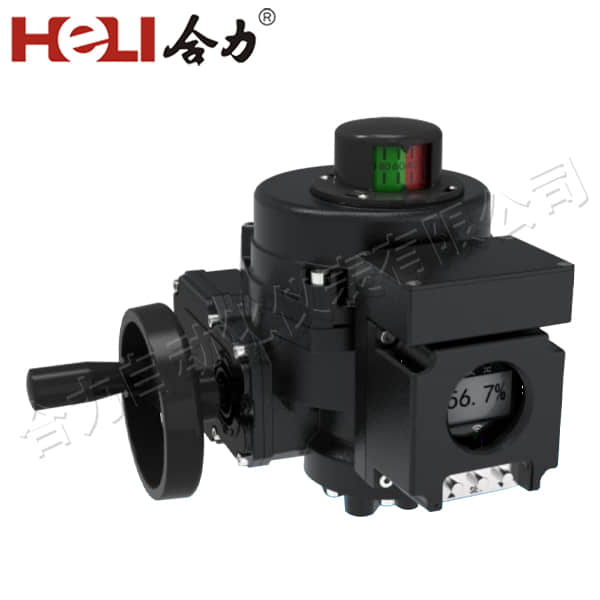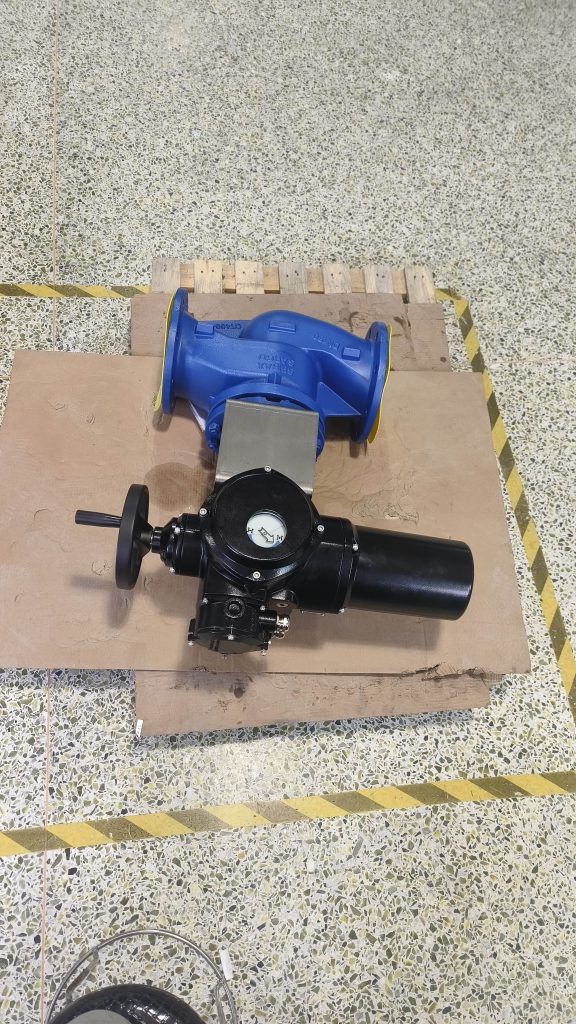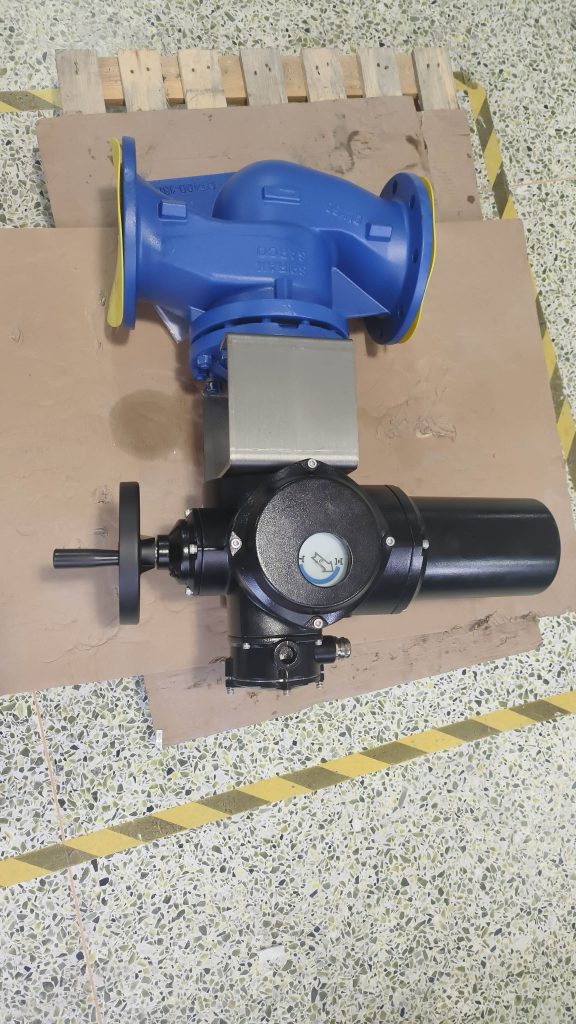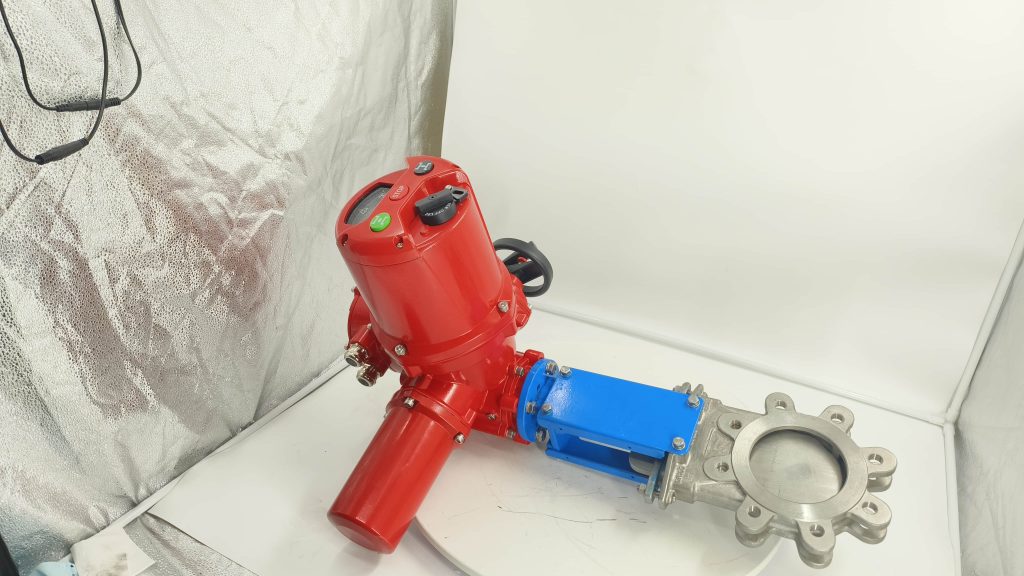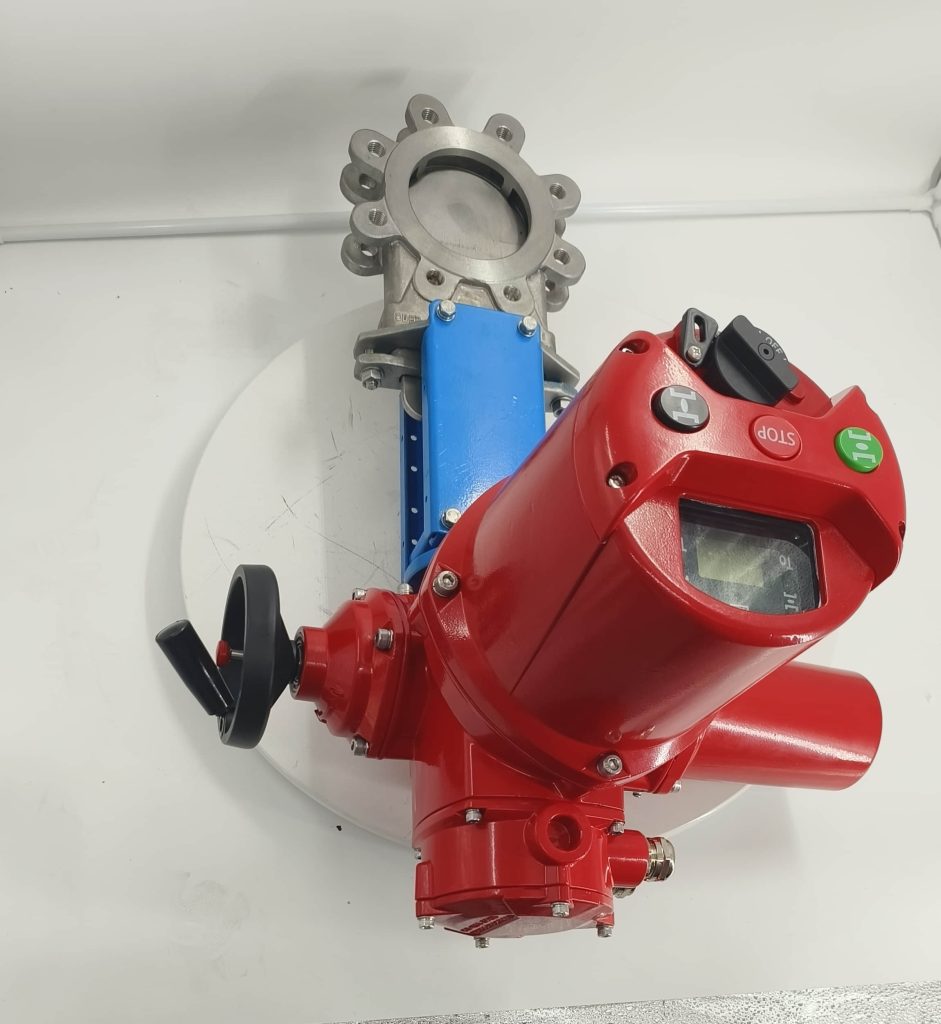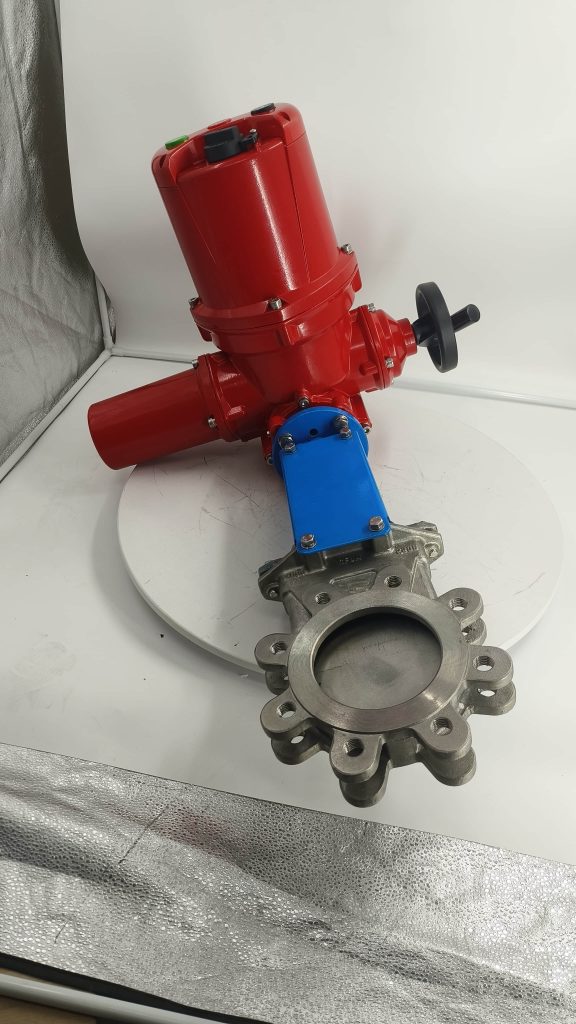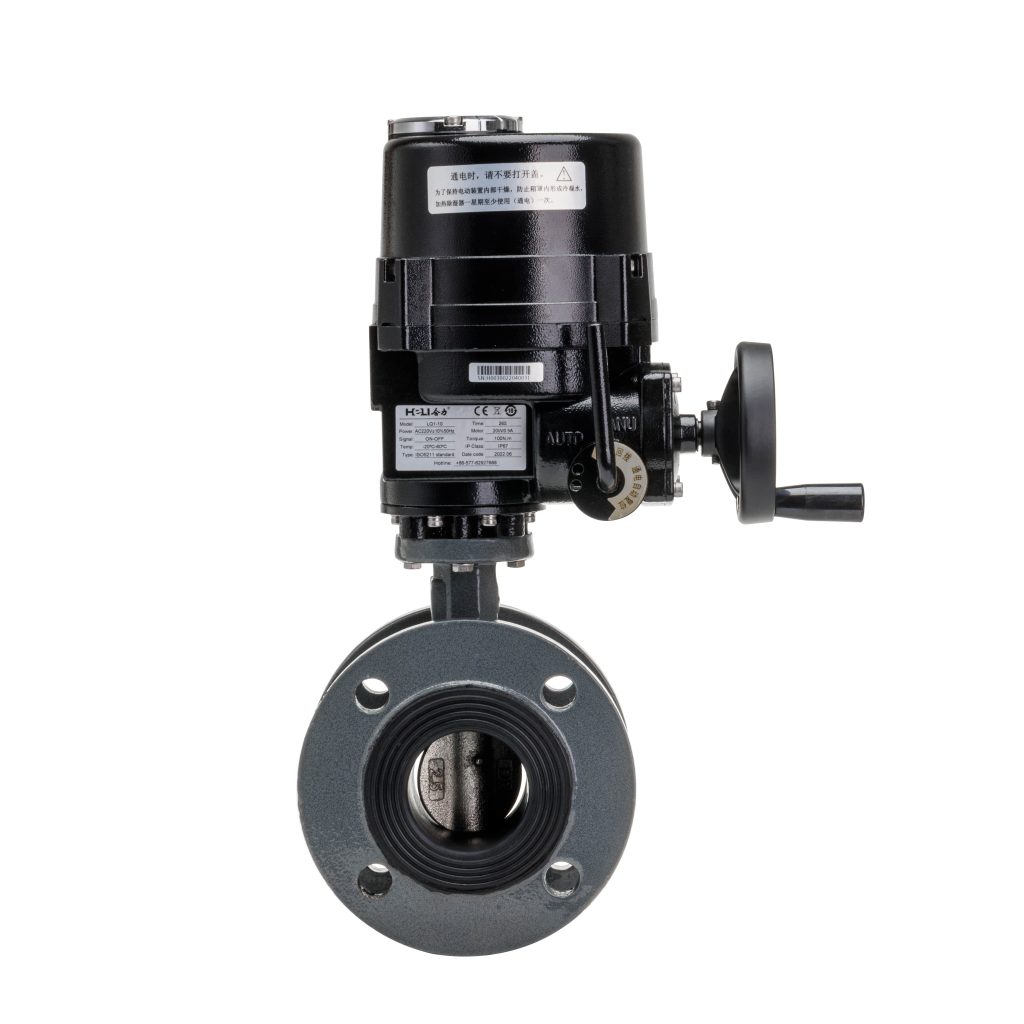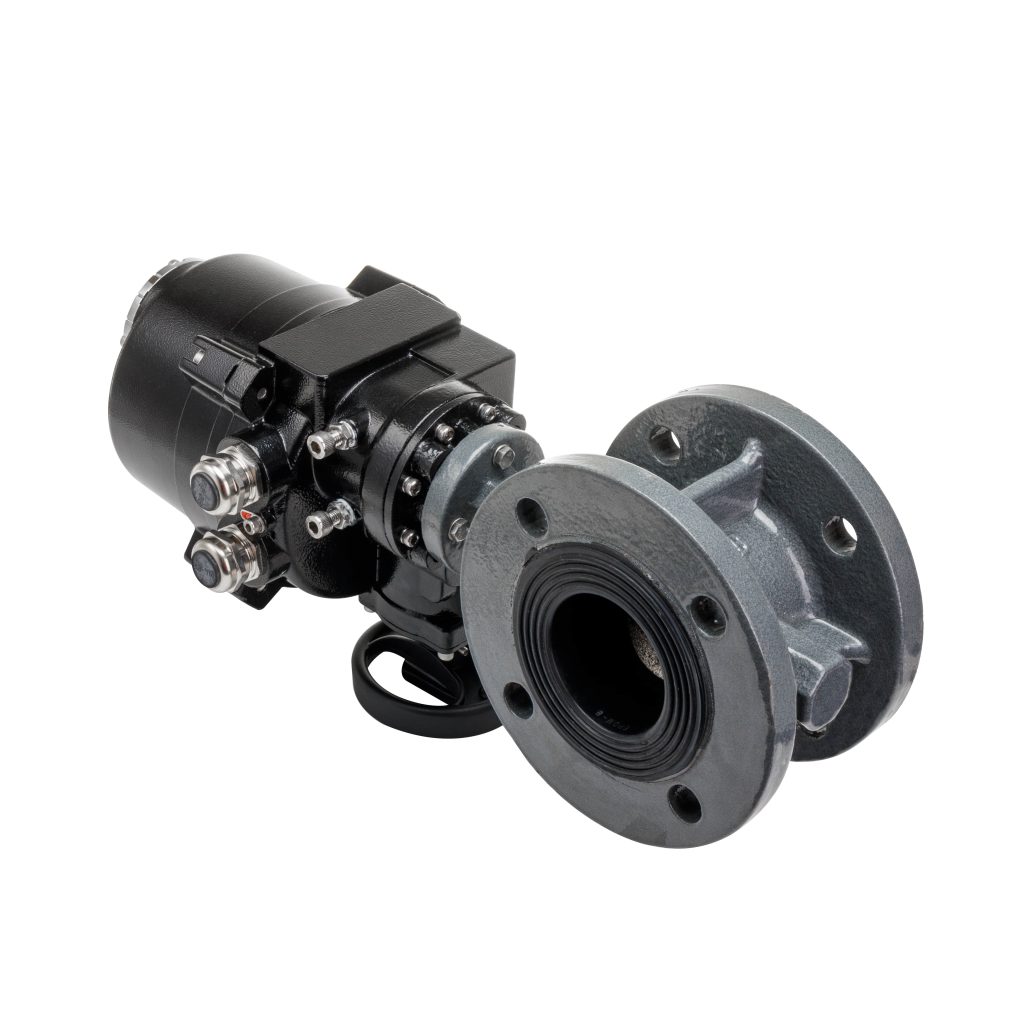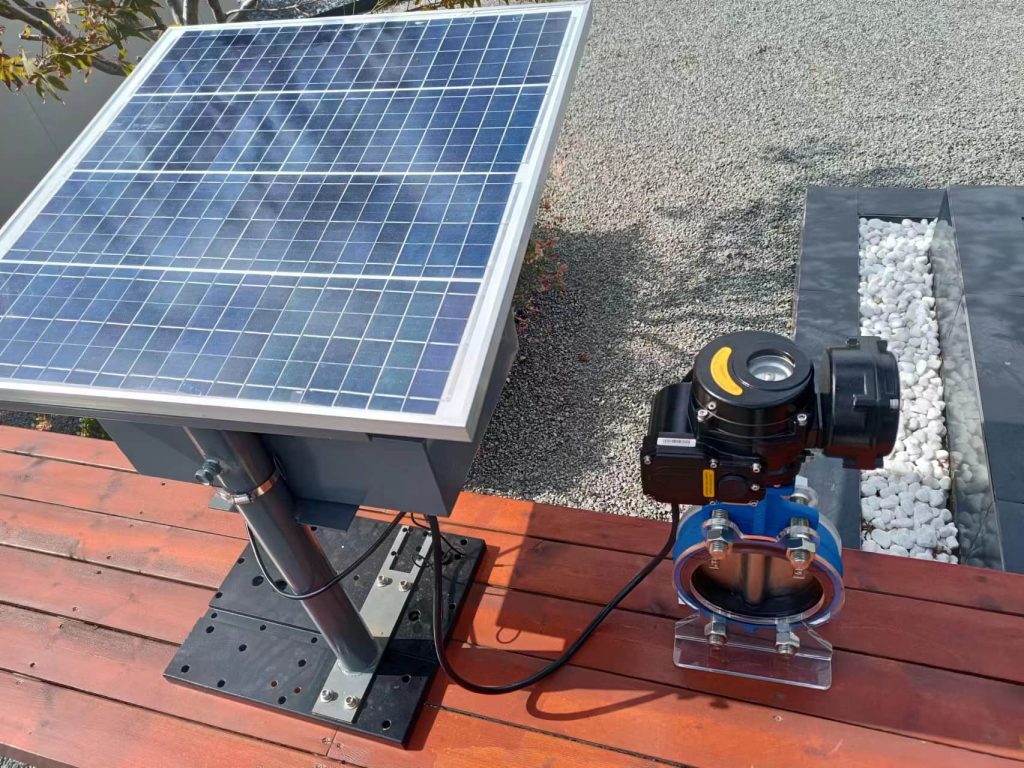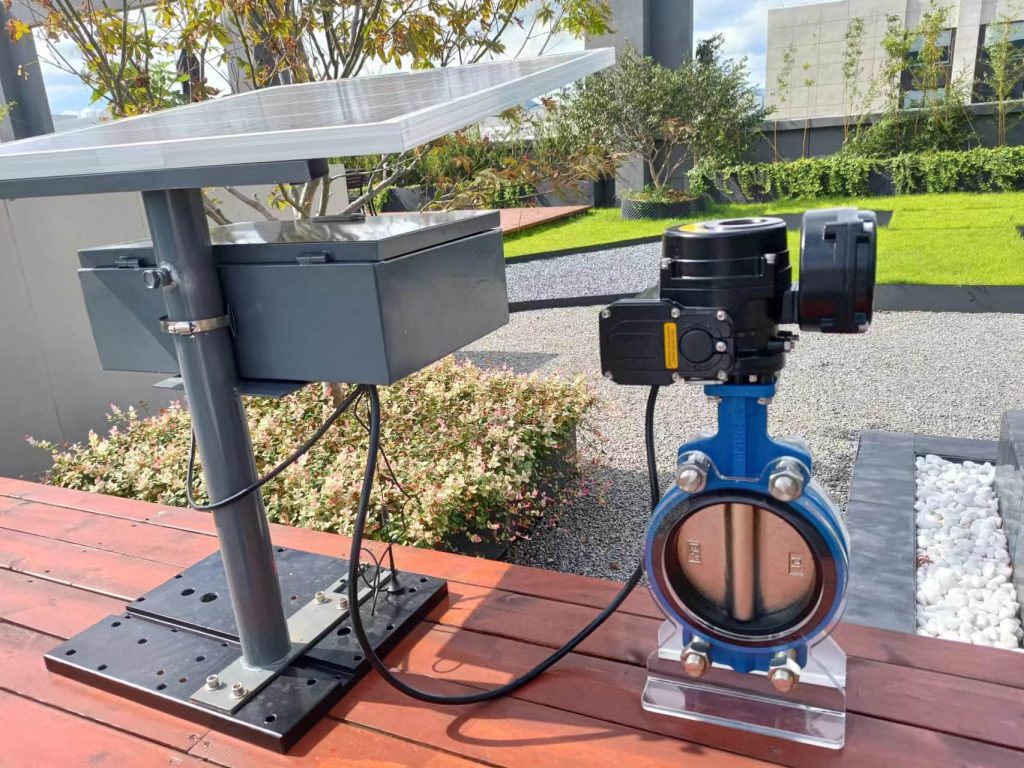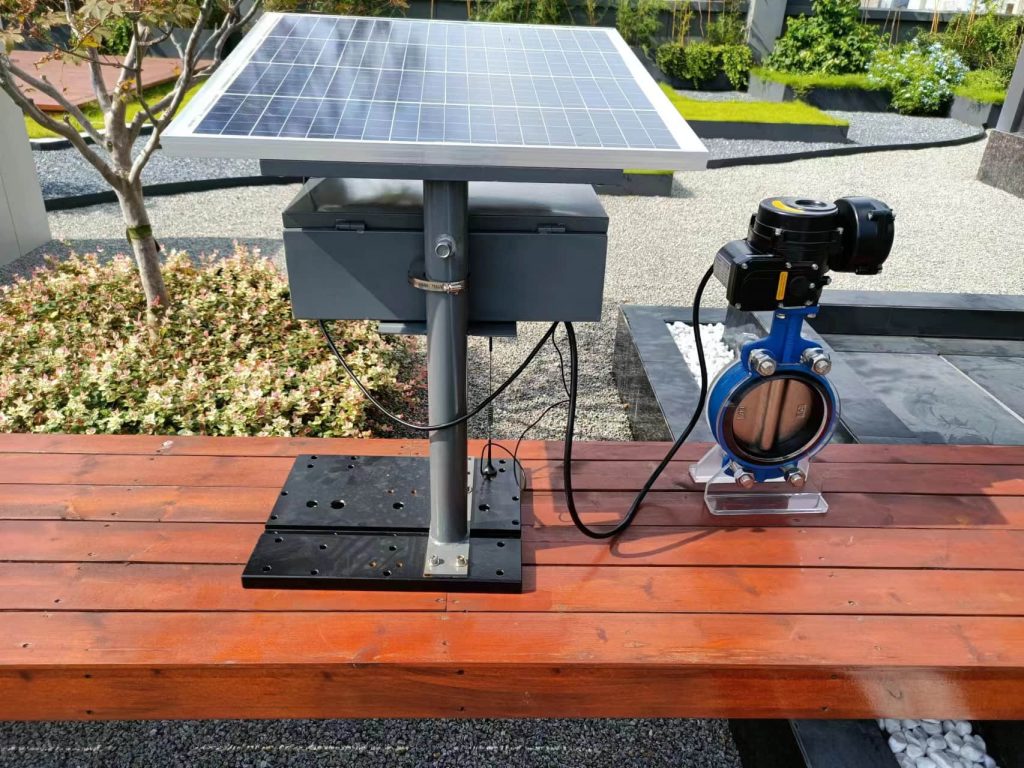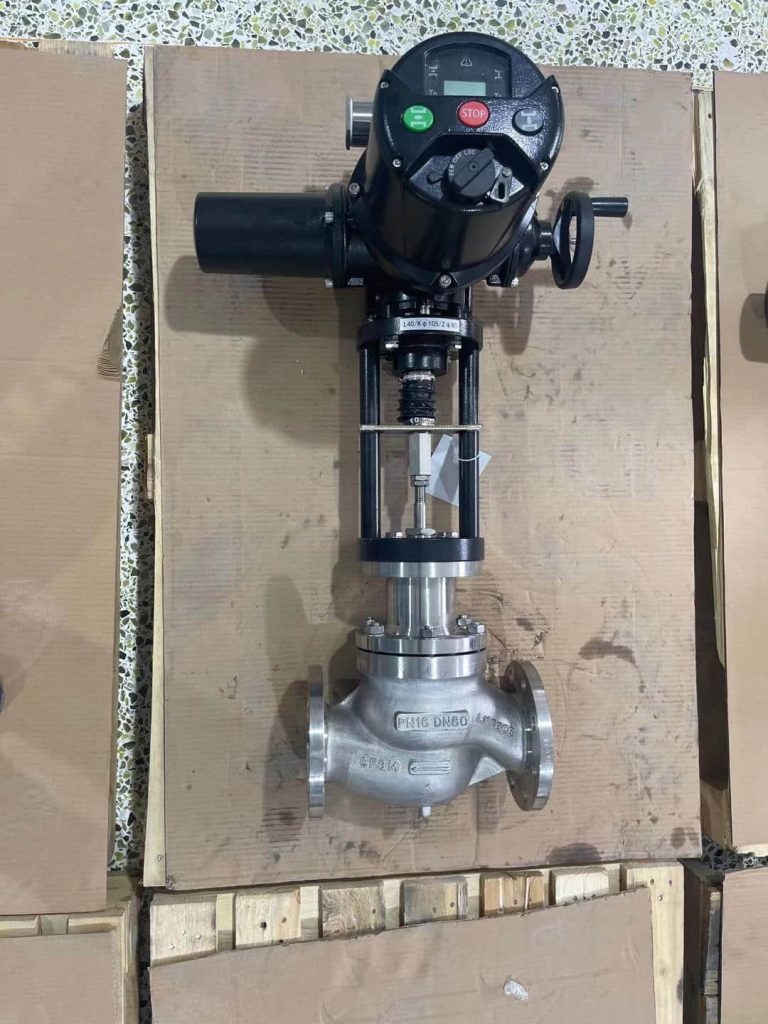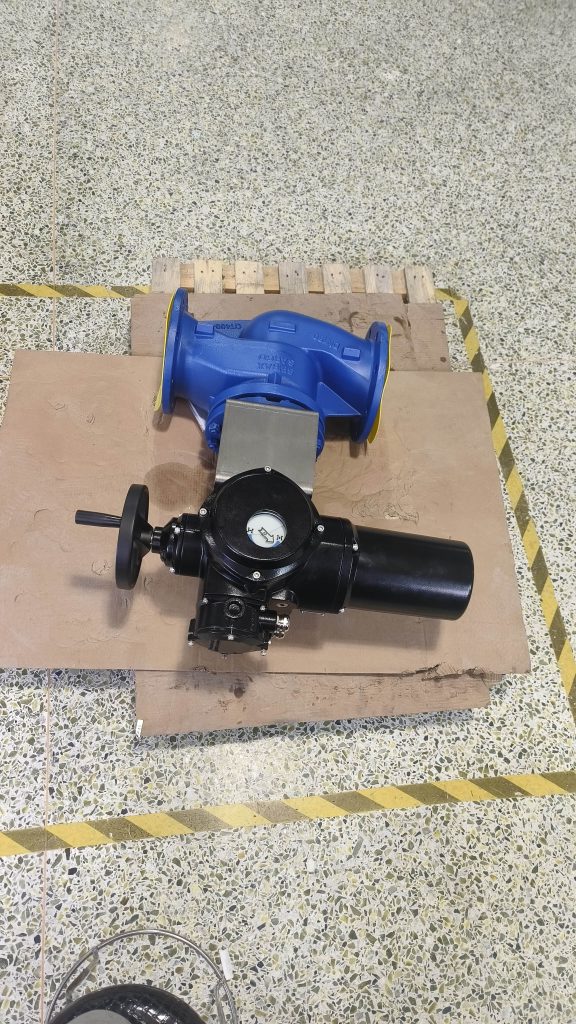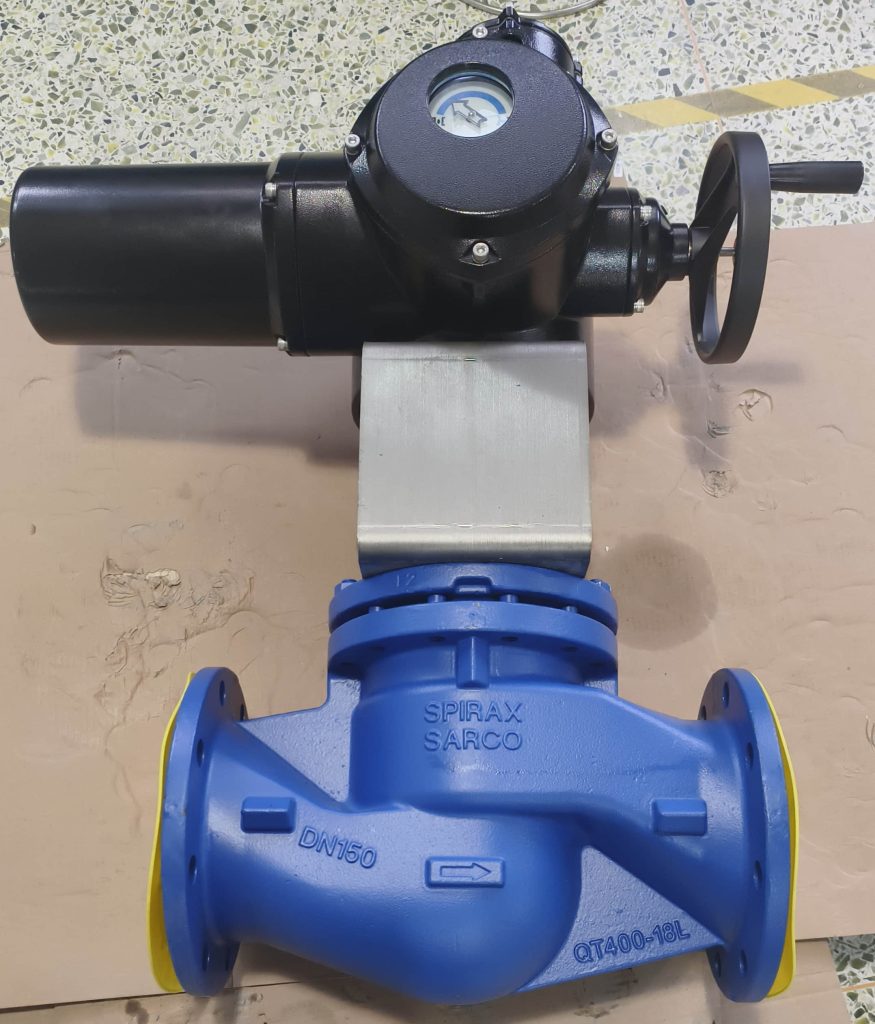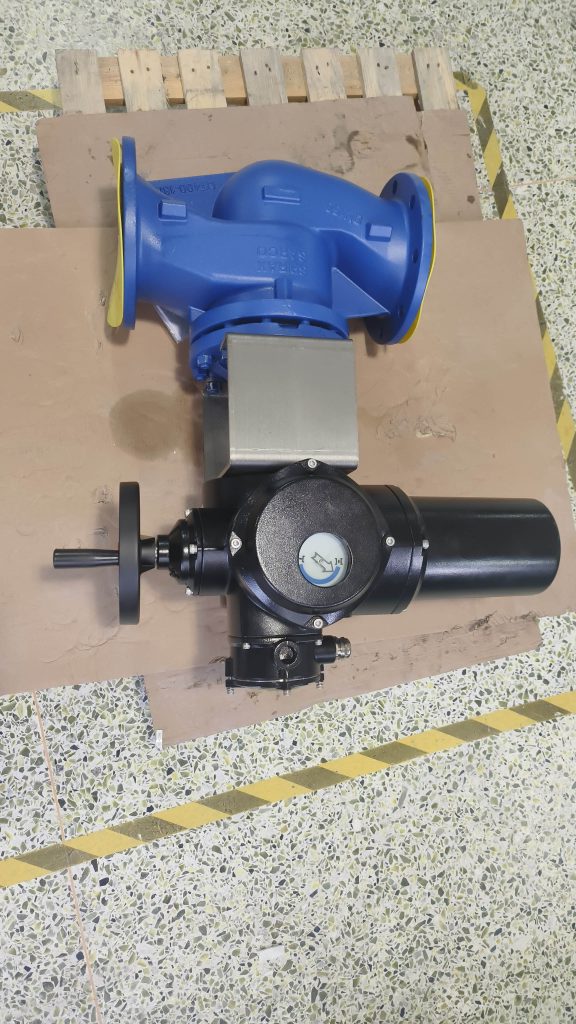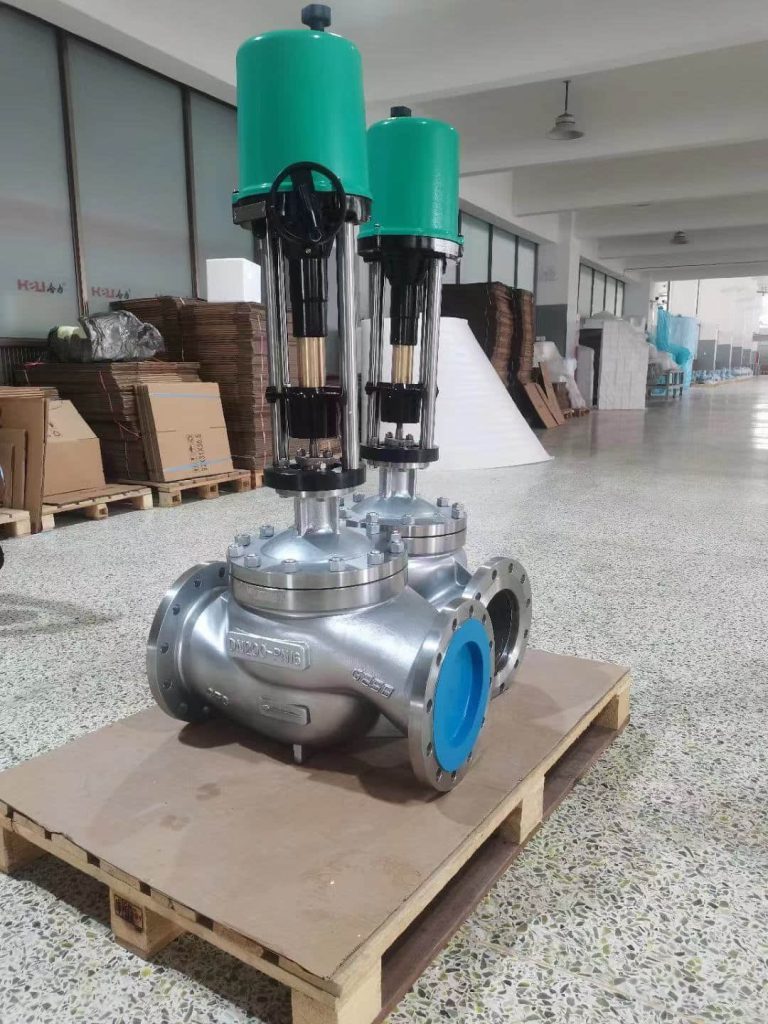In today’s advanced building management systems, HVAC (Heating, Ventilation, and Air Conditioning) systems play a crucial role in maintaining optimal air quality, temperature, and humidity within indoor environments. One key component that ensures these systems work efficiently is the damper actuator. A damper actuator manufacturer plays an essential role in the development and production of these devices, which are vital for regulating airflow in HVAC systems.
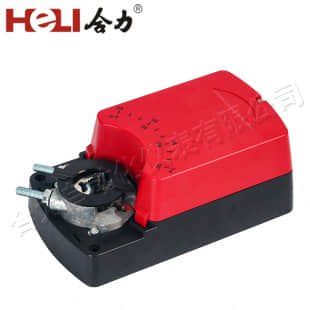
What is a Damper Actuator?
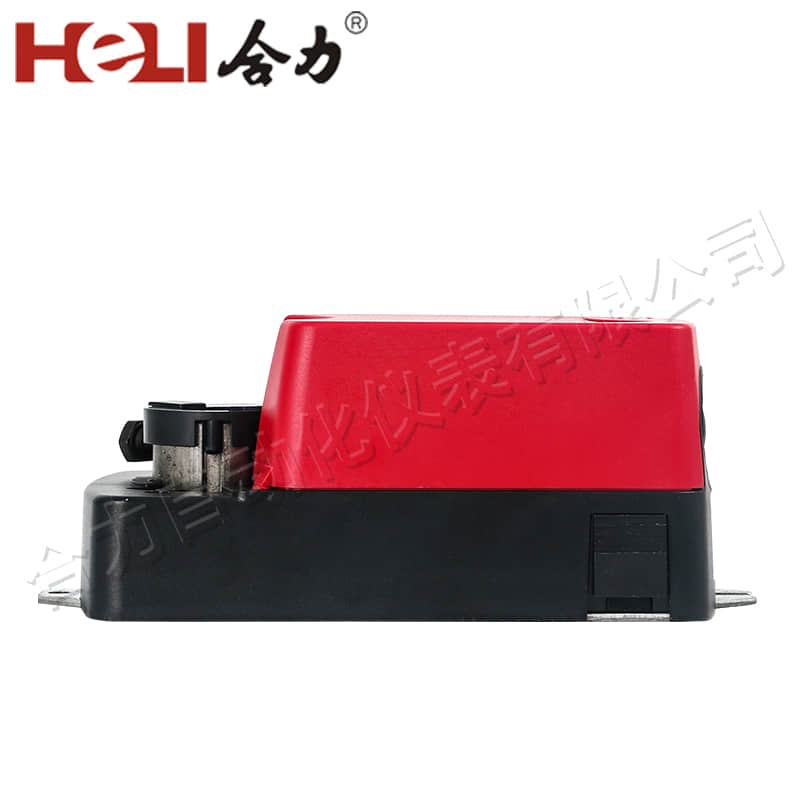
A damper actuator is an automated device designed to control the position of dampers in ventilation and air conditioning systems. Dampers are mechanical components that regulate or isolate airflow in air ducts, allowing the HVAC system to control temperature and air quality more effectively. The actuator, usually an electric or pneumatic device, is responsible for opening, closing, or modulating the damper based on input from a control system. The damper actuator’s role is to translate electrical or pneumatic signals into mechanical movement, adjusting the position of the damper to manage the airflow precisely. This functionality is essential in applications such as energy-efficient building systems, clean room environments, and large-scale industrial processes where precise air control is necessary.
